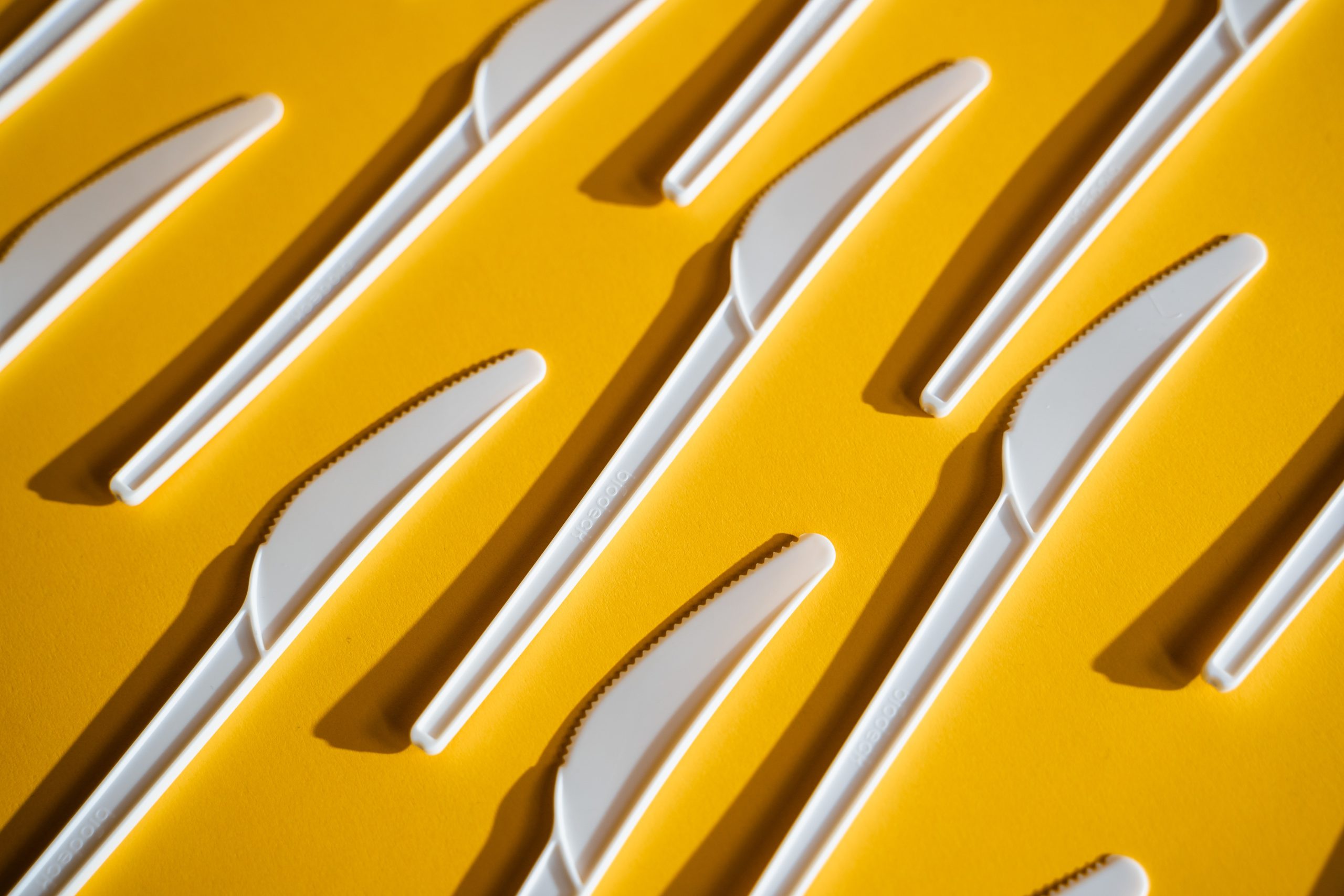Are you ready for the new ban and restrictions on some single-use plastic items?

From 1 October 2023 there will be additional bans and restrictions on single-use plastic items. Further guidance for businesses on the new regulations can be found on GOV.UK. You can also download the poster to find out more.
The government said it wants to ensure that industry stakeholders – retailers, suppliers and manufacturers – are aware of the changes coming into effect, when they will be required to make changes and why the ban is coming into force.
The upcoming ban includes polystyrene cups and food containers, single use plastic cutlery and single use balloon sticks. There will also be a restriction to the supply of single-use plastic trays and bowls to members of the public, although businesses can continue to supply these items if they are used as packaging in shelf-ready pre-packaged food items.
How to prepare for the single use plastics ban:
The government response to the consultation on these bans, published in January, set out that these restrictions would be introduced from October 2023 instead of April 2023, giving businesses more time to prepare.
Businesses will need to use up existing stock and find alternative substitutes or reuse solutions by 1 October 2023.
This ban compliments the existing restrictions on other single-use plastic items including plastic straws, cotton buds and drink stirrers and the carrier bag charge.
Why single use plastics are being banned
Single-use plastics have damaging environmental impacts as they are commonly littered and are difficult to recycle. The government said these impacts need to be managed so the environment can be protected.
Damaging environmental impacts: Plastic pollution takes hundreds of years to break down and inflicts serious damage to the environment. It is also a source of greenhouse gas emissions, from the production and manufacture of the plastic itself to the way it is disposed of.
Unnecessary littering: England uses around 2.7 billion items of single-use cutlery — most of which are plastic — and 721 million single-use plates per year, but only 10% are recycled.
Image from Pexels.





